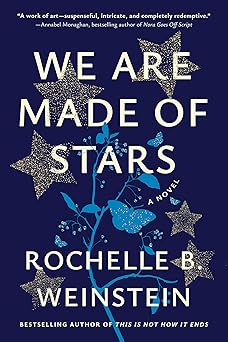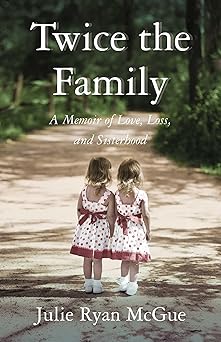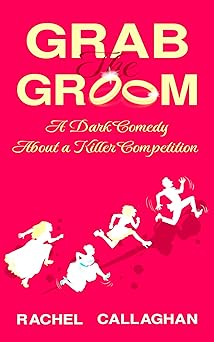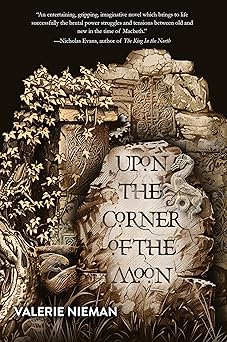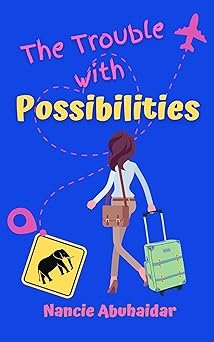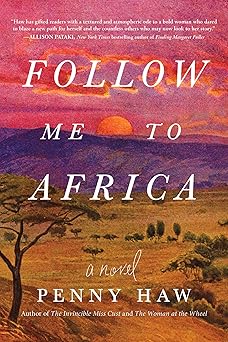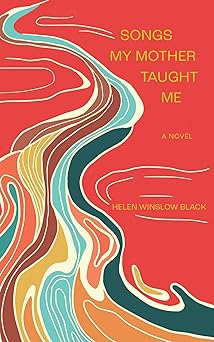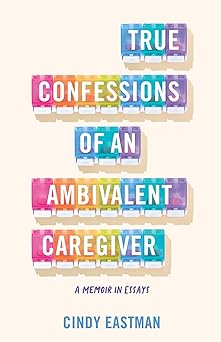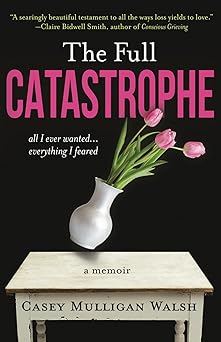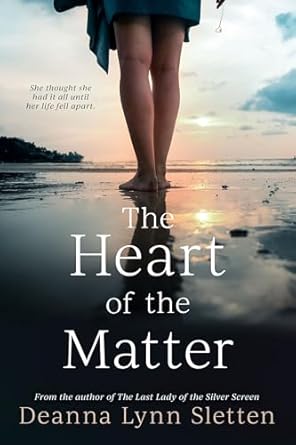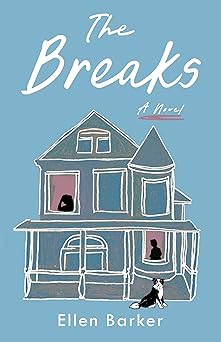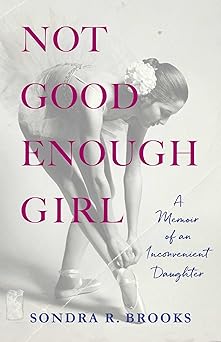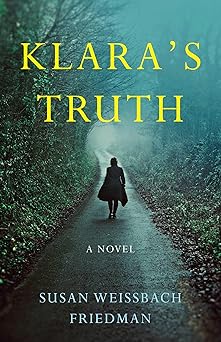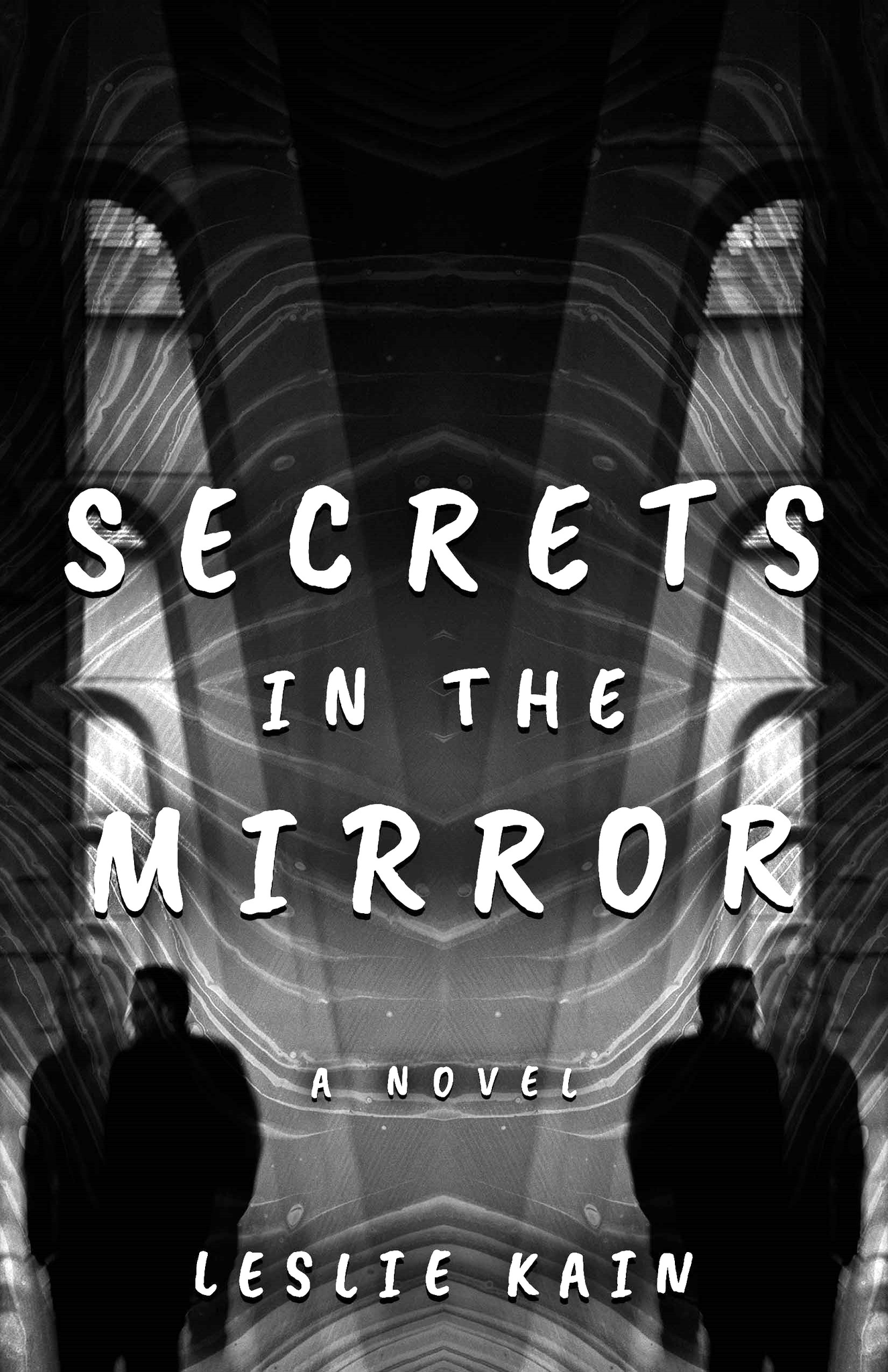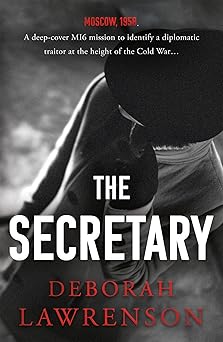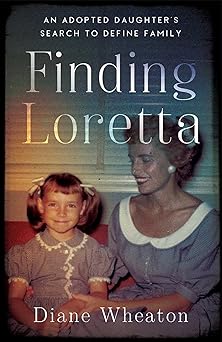Author to Author: Faye Rapoport DesPres interviews Joan Schweighardt
Faye Rapoport DesPres interviews Joan Schweighardt about her new novel, Under the Blue Moon
UNDER THE BLUE MOON
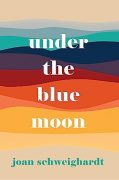 An automobile accident in front of a homeless shelter causes Lola, a dog trainer in Albuquerque, New Mexico, to renew her battle with grief. Ben, formerly an architect in the same city, has been abandoned by his family and is currently homeless. Lola sees Ben on the day of her accident, trying to smuggle something into the shelter while all the people associated with the facility are outside with her, waiting for the ambulance to arrive and watching the drama unfold at the end of the street as the guy who broadsided her runs from the scene and is pursued by police.
An automobile accident in front of a homeless shelter causes Lola, a dog trainer in Albuquerque, New Mexico, to renew her battle with grief. Ben, formerly an architect in the same city, has been abandoned by his family and is currently homeless. Lola sees Ben on the day of her accident, trying to smuggle something into the shelter while all the people associated with the facility are outside with her, waiting for the ambulance to arrive and watching the drama unfold at the end of the street as the guy who broadsided her runs from the scene and is pursued by police.
Ben, who lives on a ledge under an overpass with his 18-year-old cat, wants to get back on his feet. Lola wants a second chance for a meaningful life. Their individual pursuits set them on parallel paths that offer not only chance encounters with each other but glimpses into the mysteries of luck, love, art, compassion, and what it means to be human in these times.
FRD: Your fiction ranges from historical to contemporary and explores worlds and characters in wildly different times and places. How do you choose the settings for your novels?
JS: For the historical fiction, the settings tend to choose me. For the contemporary novels, the settings are less important.
Under the Blue Moon is, in part at least, about homelessness, which exists to some degree virtually everywhere, in this country (U.S.) certainly. I have given a lot of thought to the subject over the years. I have known people who became homeless, and I have known and loved people who got within inches of it. In a previous novel, entitled The Accidental Art Thief (2015, Twilight Times Books), I wrote about a woman who is kicked out of her dwelling when her landlord dies and his envious daughter takes over his estate. Around that same time I started volunteering at a local homeless shelter here in Albuquerque, NM. Since I served on the board of directors, my time at the shelter did not so much put me in touch with the homeless population as it did with some very compassionate people who have dedicated their lives to finding ways to help the homeless, as well as other disadvantaged communities. To borrow a phrase from Einstein, those people helped me to “widen my circle of compassion.” And into that wider circle came the compulsion to write this new book.
FRD: How much research do you do into a time or place before you start writing, and where do you get your information?
JS: For the historical novels I do a ton of research. For my rivers trilogy, which takes place in New York/ New Jersey and in Brazil, between the years of 1908 to 1929, I read probably fifty books, and also made trips to both New York/New Jersey (easy; I grew up in NJ) and to the rainforests of South America (not so easy but lots of fun). I’m currently writing a novel that takes place in 1700. I have about 150 pages of notes already from my reading, and I’ll probably double that number by the time I get done researching. Since Under the Blue Moon is a contemporary novel that takes place right here where I live in Albuquerque, I didn’t really have to go very far to create a setting. As for the time period, the times we live in now—post COVID (mostly), post political upheaval (I’m being optimistic), and (sadly) at the beginning of climate crisis—worked well.
FRD: In addition to the problem of homelessness, Under the Blue Moon considers the concept of serendipity. What inspired that aspect of the book?
JS: When really bad things happen, most people remain hopeful that the situation will improve, that even grief and despair can morph into some sort of pleasure in life. The chances for that kind of reversal are better, I think we would all agree, when luck or serendipity (or whatever you want to call it) plays a part. So the question in my mind is, How do you attract luck or serendipity, especially if you wake up miserable every day?
There are two main characters in the book, Ben and Lola. Ben is the homeless character. Lola has a home but has spent years living a sort of flattened-out life because of all the losses she’s suffered. When she does come to realize that she still has some hope, she begins to try what some might consider unusual or even “magical” methods to see if she can induce luck/serendipity to activate around her. Ben’s attempt to get lucky is of a more prosaic nature.
FRD: You mention “when really bad things happen,” and it’s true that the setup of this novel is not particularly cheerful: it starts with a car accident and an architect whose life has unraveled. Yet, the book is not depressing, so to speak. What elements did you include to keep it buoyant?
JS: Buoyancy comes from some of the peripheral characters. Janet, Lola’s best friend, only wants the best for Lola, but she habitually makes things worse every time she tries to help. Their arguments can turn nasty, in a way that is humorous to the reader. Mrs. Quick, who is Lola’s and Janet’s wealthy neighbor, is eccentric and comical in her own way, especially in matters concerning food. And there are cats and dogs throughout the book. Animals always add buoyancy to a story.
FRD: Were the characters of Lola and Ben based on real people, or were they born completely in your imagination?
JS: I thought Lola and Ben were strictly products of my imagination. But a clever interviewer, G.P. Gottlieb from New Books Network, brought me around to seeing that I do in fact have things in common with Lola. Also, some of the peripheral characters are based on composites of people I have known.
FRD: Let’s talk a bit about craft. Do you plan your characters and plot your novels in advance, or do you start with an idea and let the writing take you wherever it leads?
JS: Every book is different. One of my historical novels is based on Nordic legends; the plot points in the legends required me to create a loose outline to get that book going. The Rivers Trilogy, mentioned above, required me to adhere to the history of a particular period in time in two different countries simultaneously. Contemporary novels I usually write chapter by chapter.
FRD: How long does it generally take you to write a first draft? Are you completely focused on that draft until it’s done, or do you find yourself taking breaks and working on other projects?
JS: All the books I’ve written to this point were written while I was also working for clients. Since I worked as a freelance writer and ghostwriter, some weeks I did not get a single minute to work on my own projects. Other times I might get two whole days back to back. I always complained that it wasn’t fair that I didn’t have a fat trust fund that would allow me to work on my own stuff all of the time, but the truth is, having other work—work-work, I call it—made my free time even more delicious. And since my work was writing, it added to my skillset anyway. Because I have always written piecemeal, I can’t say how long it takes to write a draft. But I can tell you that I write draft after draft after draft. And then when I think I’m done, I ask writer friends to read the manuscript and give me ideas for improvements. Takes forever.
FRD: Thank you, Joan! I’m sure many readers will enjoy Ben and Lola’s story even as it prompts them to consider some of the issues and human experiences of our time—and we look forward to whatever comes next.
—
Faye Rapoport DesPres writes creative nonfiction, fiction, and poetry, and her work has appeared in a wide variety of literary journals. She is a co-editor of The Art of Touch: A Collection of Prose and Poetry from the Pandemic and Beyond (University of Georgia Press, Nov. 1, 2023) and the author of five books: the memoir-in-essays Message From a Blue Jay, the Stray Cat Stories Children’s Book Trilogy, and Soul to Soul: Tiny Stories of Hope and Resilience (Huntsville Independent Press, December 1, 2023).
 Joan Schweighardt is the author of several fiction and nonfiction titles. Besides her own projects, she has worked as an editor and ghostwriter for private and corporate clients for more than 30 years. She also had her own independent publishing company from 1999 to 2005. In addition to Under the Blue Moon, her most recent work is the Rivers Trilogy—Before We Died, Gifts for the Dead and River Aria. The Art of Touch: A Collection of Prose and Poetry from the Pandemic and Beyond—an anthology she conceived and co-edited and which contains the work of 39 writers—will be published by the University of Georgia Press November 1, 2023.
Joan Schweighardt is the author of several fiction and nonfiction titles. Besides her own projects, she has worked as an editor and ghostwriter for private and corporate clients for more than 30 years. She also had her own independent publishing company from 1999 to 2005. In addition to Under the Blue Moon, her most recent work is the Rivers Trilogy—Before We Died, Gifts for the Dead and River Aria. The Art of Touch: A Collection of Prose and Poetry from the Pandemic and Beyond—an anthology she conceived and co-edited and which contains the work of 39 writers—will be published by the University of Georgia Press November 1, 2023.
https://www.joanschweighardt.com/
Twitter @joanschwei
Category: Contemporary Women Writers, How To and Tips




